An Automated Framework for Deriving Circuit Equivalent Battery Models from Manufacture Information
Why we need generating battery model from available manufacture information?
In the electronic design automation field, battery modeling has become an essential part in the design of electronic systems since the low power techniques in power-consuming side is reaching the limitation . Although there are a lot of mathematics and chemistry battery model in the literature, the weakness of these models are obvious when designers want to build a battery model in the initial design phase. The reason is that there is no enough information provided by the manufacturer datasheet allow designers collect sufficient the model's parameters, designers only can get these data through measurements for this purpose. However, the measurements are much expensive and time-consuming for a electronic designer. Therefore, we should build a framework let electronic designers can generate relatively accurate battery model from limited manufacture information, namely datasheet or some others sources, in the initial design phase which is more easy and fast compare to measurements. The above statement is the motivation of this work, we developed an automated framework for helping electronic designers can derive their own circuit equivalent battery model from datasheet at initial design phase without putting too much effort. The basic idea of the proposed framework is that designers collect available manufacturer data from datasheet or others sources, then using our framework to populate the best suitable model, in terms of accuracy, allowed by the information at their hand.
Why is circuit equivalent battery model?
In the traditional electronic design methodology, designer always conducts simulation of their designed system without involve battery in the whole system. The weakness of these kinds of method is that designers can only focus on the power consumed side, but the power provided side is ignored. That is the reason why model based design method becomes more and more popular in the electronic design automation field, designers can implement all different components in the designed system becomes individual model, all of these models can be combined together to conduct simultaneous simulation with all different heterogeneous components, which is most popular simulation techniques in the field. So if all of the others components are built by circuit equivalent way, how the traditional battery model, like mathematics ones, can co-simulate with them? The others types battery model makes battery becomes an independent electronic element, which is difficult to co-simulate with other electronic elements at same time. Another main reason is the circuit equivalent model has faster simulation speed than traditional battery model, which is a critical concerning point in initial design phase.
Our team decided to make our developed framework opensource in github to help other designers can build their own battery model at initial design phase without measurements. In return, we hope people who works in academic field could reference our papers when using our proposed framework in their work.
All the source codes in the github repository : https://github.com/yukai622/Circuit-equivalent-battery-model
I wrote a very detailed Readme file in the repository to explain how our framework works and how to use it. To avoid occupying too much space in here, I suggest move to there have a look the Readme File: https://github.com/yukai622/Circuit-equivalent-battery-model/blob/master/README.md .
There is also another Readme in subfolder /src to show how we define each function in our work.
Our proposed automated framework
The below figure shows a conceptual flow of our proposed framework. The starting point is the battery manufacture information; the designer (in step 1) should inspect what information are available and select different model levels ( instep 2). Then the conversion of the demand information into fitting battery data files performed by the designer. Indeed, such step is the only manual work by the user in the whole framework. Once the required files are populated and the model level is chosen, the battery model is automatically derived (in step 3). This is implemented by our inner scripts of framework that read the data files according to the model level, and fill with the appropriate values a template described in MATLAB files (one for each model level). Then the model is ready to be validated with various workloads(in steps 4, 5 and 6). Step 4 indicates the direct use of the derived models, where a workload is applied for extracting characteristic data about battery (e.g., lifetime, SOC,Voltage ). Step 5 and 6 represents the validation using different ways.
The different levels battery model
Since the datasheet of battery may provide different information, we can build different levels, in terms of accuracy, battery model. Please move to the Readme file to check the detailed of different templates of battery models. In here, I would like to show three templates of different levels battery model.
Level 1
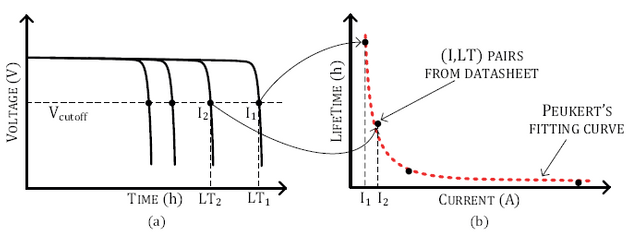
Reference (Please reference any one of below papers when you using our framework, thanks a lot.)
"An automated framework for generating variable-accuracy battery models from datasheet information". In Low Power Electronics and Design (ISLPED)
"Composable Battery Model Templates Based on Manufacturers’ Data". In IEEE Design & Test
"A circuit-equivalent battery model accounting for the dependency on load frequency". In Design, Automation & Test in Europe Conference & Exhibition (DATE)
For demonstrating the codes is developed by me, the below figure is the screenshot of my personal utopian page, I have already synchronized utopian account with my github account. You could also check the project from my utopian page under project item.
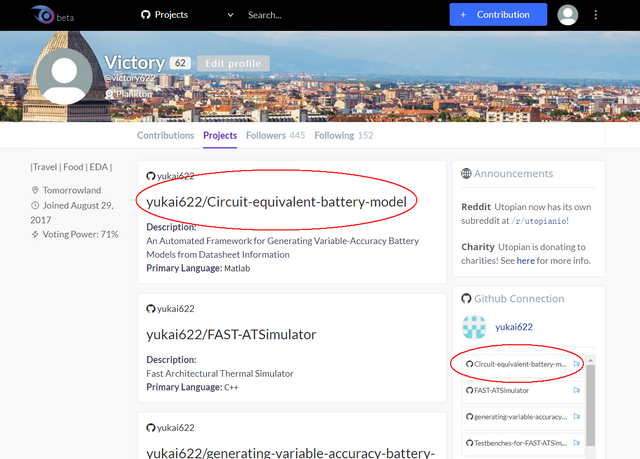
Posted on Utopian.io - Rewarding Open Source Contributors
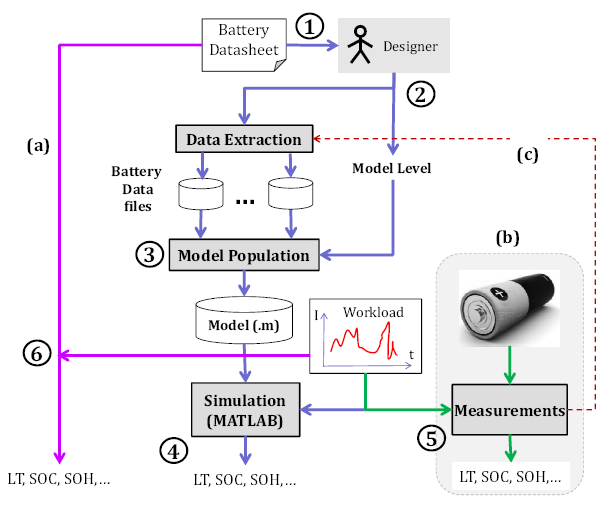
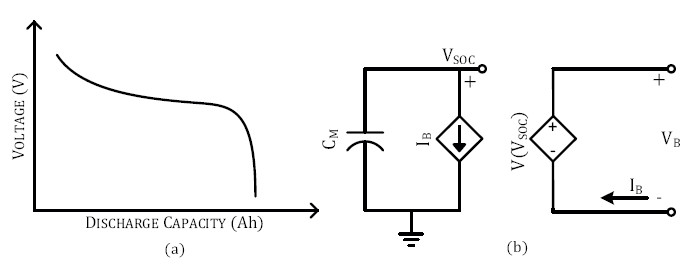
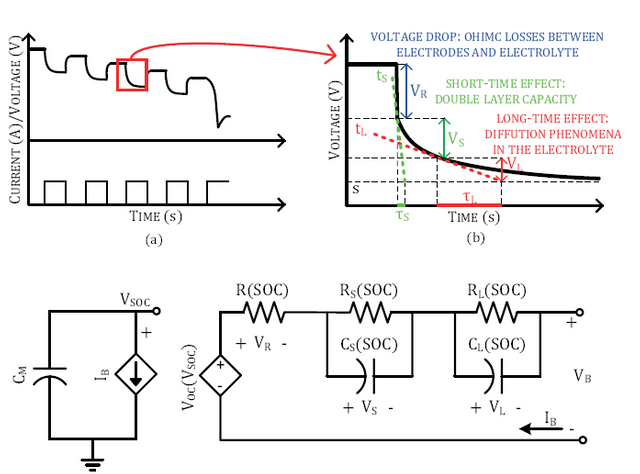
Thank you for the contribution. It has been approved.
You can contact us on Discord.
[utopian-moderator]
Thanks a lot.
WOW, I really liked your post on automated circuit equivalent battery enclosures from manufacturing information, how much friend information is impressive, from now on I'll follow you I hope you continue publishing content of equal or better quality! I leave you my vote.
Hey @victory622 I am @utopian-io. I have just upvoted you!
Achievements
Community-Driven Witness!
I am the first and only Steem Community-Driven Witness. Participate on Discord. Lets GROW TOGETHER!
Up-vote this comment to grow my power and help Open Source contributions like this one. Want to chat? Join me on Discord https://discord.gg/Pc8HG9x
Nice and very informative post !! great job